Reviewed by Melissa Arnold

Barbara Lynn Greif has spent her whole life creating art in varying forms and used her skills to launch an award-winning advertising agency here on Long Island. Greif also earned accolades in 2012 when she wrote and illustrated her first children’s book, “Born From the Heart,” about her journey to adopt her first daughter, Victoria, from China. Since then, the Huntington resident has adopted a second daughter, Gianna, whose kind spirit inspired Greif to write “Gianna’s Magical Bows,” an imaginative and sweet rhyming story about helping others.
Were you always artistic?
Yes, my father, who also had artistic talent, taught me how to paint at age 6, and we discovered that I had a real gift for it. From that point on, all that I could think about was painting and drawing, and I was empowered to excel as an artist.
 You have a background in fine art. What did you hope to do for a career?
You have a background in fine art. What did you hope to do for a career?
I had a childhood dream of becoming a cartoonist and painter. I even created my own cartoon strips, which I envisioned would someday appear in newspapers across the country.
I carried all of these artistic aspirations from elementary school through high school. It led me to go to one of the best design colleges in the country, the renowned Parsons School of Design in New York City. At Parsons, I was able to explore all of my options for a career in art and design. I chose to study communication design and earned a bachelor’s of fine arts degree.
I had to face the reality that painting would not be a lucrative career direction to take. My studies in communication design helped me to refine my skills and become a graphic designer in the advertising field.
After graduating college, I had a variety of jobs in Manhattan — a graphic designer, a product and package designer, a toy designer and an art director. After gaining all of this experience, I was ready to pursue my dream of opening my own full-service advertising agency on Long Island, which I called The Sketching Pad.
 How did writing fit into your life?
How did writing fit into your life?
Writing played a big role for me working in advertising. I was the copywriter for all of the ads created for my clients at my agency — I wrote the text for all of the print ads and television commercials.
What inspired you to write for children?
I dabbled in the effort to write a children’s book during my time running The Sketching Pad, but I didn’t actually pursue it until after my husband and I adopted our first child, Victoria, from China in 2003. The experience of traveling back and forth to China and the whole adoption process was so heartwarming, and it inspired me to write and illustrate “Born From the Heart.” The process of telling Victoria’s story created a new passion in me for creating children’s books.
When did you decide to write this book?
I decided to write and illustrate “Gianna’s Magical Bows” a few years after my husband and I adopted our second child, Gianna, from China. We adopted her at age 3 in 2012. When Gianna saw that I wrote and illustrated a book for my older daughter, Victoria, she told me that she wanted me to write and illustrate a book about her, too.
Gianna is a very caring and giving person who loves to wear a bow in her hair every day. She loves to help people in need — her kindhearted nature is magical. I wanted to base the story on Gianna’s desire to help people out of the goodness of her heart. If she had magical powers, I know she would help everyone in the world.
What is your creative process like?
First I write the story, then I illustrate the pictures. “Gianna’s Magical Bows” took me three months to write and two years to illustrate. When writing a children’s book, I only write in rhyme. It comes very naturally to me, and once I start the writing process it seems to flow very easily. When I’m done with writing the story, I picture in my mind what illustrations would look best for each page, then do rough drawings before working on the final illustrations. I like my illustrations to be bold and colorful.
 What message do you hope to pass on to the reader?
What message do you hope to pass on to the reader?
I hope children who read “Gianna’s Magical Bows” will strive to be helpful to others and to get along with people, no matter what race, color or religion that they may be.
Is there an ideal age for this book?
The book is meant for ages 6 and up, but I hope that adult readers will enjoy it, too.
Do you hope to continue writing?
Yes, I hope to continue writing and illustrating children’s books. It is one of my passions. I look forward to getting started on my next book soon.
Where can this book be purchased?
The book can be purchased through Amazon, Barnes & Noble and Xlibris Publishers. It is available in print and as an e-book.

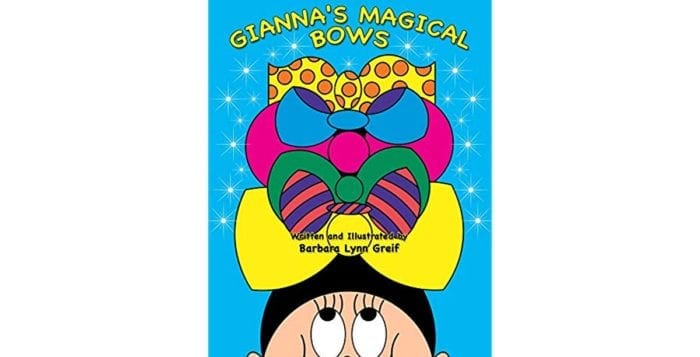


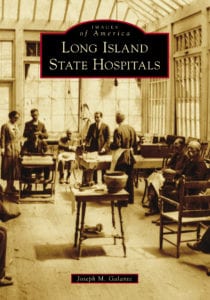 The Kings Park facility even had what they called York Hall, where patients would watch movies, play basketball, perform shows and attend functions. The facility also had its own water tower, railroad station, space for masonry work, independent fire and police force and the Veterans Memorial Hospital, which was a group of 17 buildings used to treat veterans that came home from World War I with mental conditions.
The Kings Park facility even had what they called York Hall, where patients would watch movies, play basketball, perform shows and attend functions. The facility also had its own water tower, railroad station, space for masonry work, independent fire and police force and the Veterans Memorial Hospital, which was a group of 17 buildings used to treat veterans that came home from World War I with mental conditions.

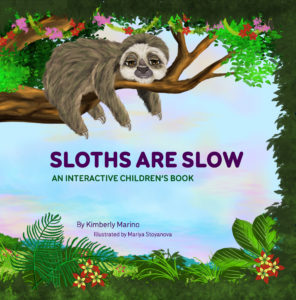


 character and a story that would empower other kids with TS,” said Gregorian who is a rising junior at Long Island University–Post. “It’s wonderful that our dream was able to take off into a reality.”
character and a story that would empower other kids with TS,” said Gregorian who is a rising junior at Long Island University–Post. “It’s wonderful that our dream was able to take off into a reality.”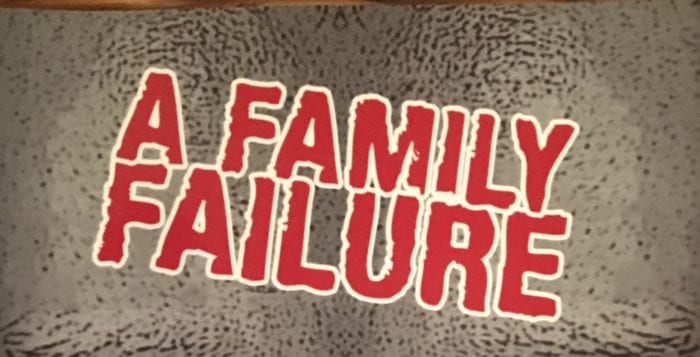
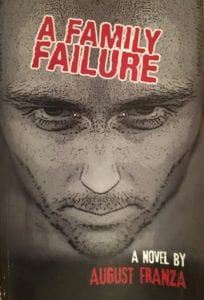

 Author and journalist Candace Bushnell heads to the Cinema Arts Centre, 423 Park Ave., Huntington on Monday, Aug. 12 at 7:30 p.m. for Long Island LitFest. In conversation with author Ellen Meister, Bushnell will discuss her life, the impact of “Sex and the City” and her new novel, “Is There Still Sex in the City?”Tickets are $50 and include a copy of Bushnell’s new book, audience Q&A and book signing reception. Visit www.cinemaartscentre.org to register.
Author and journalist Candace Bushnell heads to the Cinema Arts Centre, 423 Park Ave., Huntington on Monday, Aug. 12 at 7:30 p.m. for Long Island LitFest. In conversation with author Ellen Meister, Bushnell will discuss her life, the impact of “Sex and the City” and her new novel, “Is There Still Sex in the City?”Tickets are $50 and include a copy of Bushnell’s new book, audience Q&A and book signing reception. Visit www.cinemaartscentre.org to register.![Cant Give it Away_cover_v2.3[1]](https://tbrnewsmedia.com/wp-content/uploads/2019/07/Cant-Give-it-Away_cover_v2.31-e1564167504488-700x357.jpg)

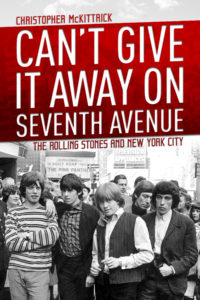 The book picks up with the band when it is first establishing itself. We are treated to the intrigue, the late night clubs, the relationships and marriages, the celebrities (everyone from Andy Warhol to Bill Clinton), hotel destructions and, of course, the drugs. The Rolling Stones are almost a history of the changing drug use and drug culture in the 20th century. Wild parties, addictions, police raids and arrests, stints in rehab and recovery were a never-ending cycle.
The book picks up with the band when it is first establishing itself. We are treated to the intrigue, the late night clubs, the relationships and marriages, the celebrities (everyone from Andy Warhol to Bill Clinton), hotel destructions and, of course, the drugs. The Rolling Stones are almost a history of the changing drug use and drug culture in the 20th century. Wild parties, addictions, police raids and arrests, stints in rehab and recovery were a never-ending cycle. 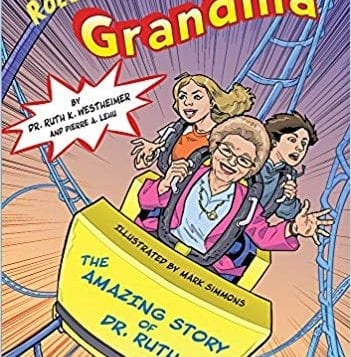
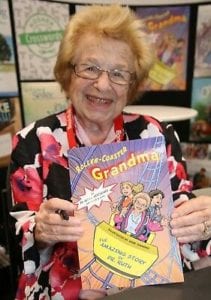
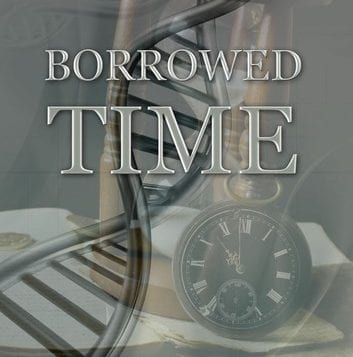

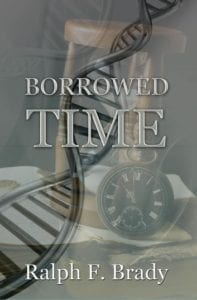 Brady has meticulously researched turn-of-the-century Long Island and paints both a community and global picture of the time. There is great fun in many local references, both past and present. For example, the train from Brooklyn to Greenport is always on time as there are only four stops.
Brady has meticulously researched turn-of-the-century Long Island and paints both a community and global picture of the time. There is great fun in many local references, both past and present. For example, the train from Brooklyn to Greenport is always on time as there are only four stops.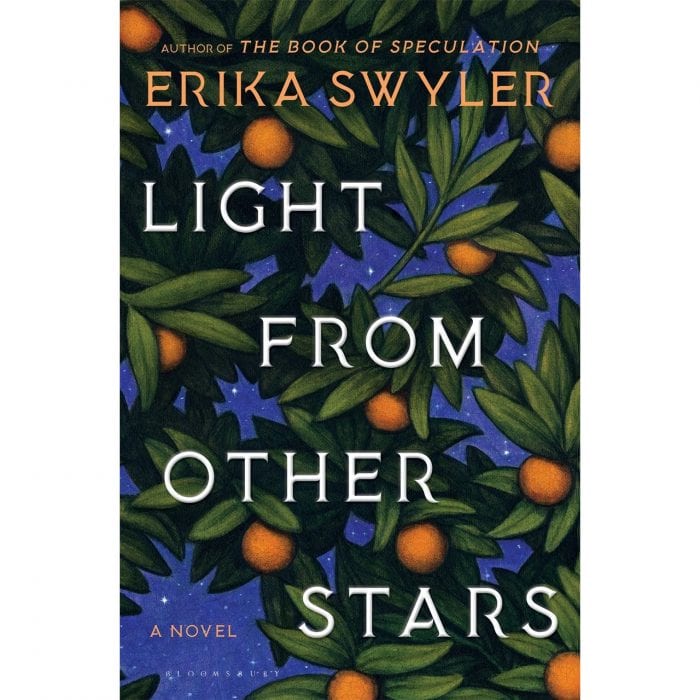

 Small details of the day-to-day struggle, both physical and emotional, are juxtaposed with larger themes and the crisis that they are immediately facing. From the first moments of the book, the stakes are genuinely high.
Small details of the day-to-day struggle, both physical and emotional, are juxtaposed with larger themes and the crisis that they are immediately facing. From the first moments of the book, the stakes are genuinely high.


